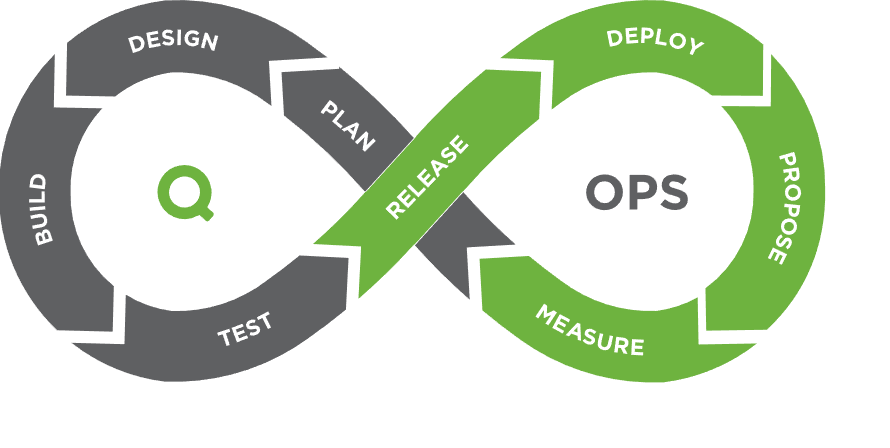The Rumsfeld Matrix as an effective tool in the decision-making process
During a briefing on the Iraq War, Donald Rumsfeld divided information into 4 categories: known known, known unknown, unknown known, unknown unknown. ...

Each product is accompanied by instructions that clearly indicate the rules of use, warnings and risks that may arise in case of improper use. It’s fair to talk about some of misusing QOps risks.
QOps opens the way for developers to directly modify the Qlik source code.
The source codes for Qlik Sense applications are built using JSON objects. JSON (JavaScript Object Notation) is a text-based structured data interchange format based on JavaScript. This format can also be used in any programming language.

This structure of the application source code in Qlik Sense reduces the risk of damage, which is due to the developer’s ability to revise JSON files and make changes to their structure. However, risks still exist:
QlikView code is built on xml objects and xml data. Incorrect use of QOps (for example, violation of checksum integrity, violation of changes logic in features inside xml files) can lead to incorrect operation of the application or a complete stop of work.

This can be avoided by using the correct branching strategy (read more about the branching strategy here), as well as avoiding merge conflicts. The solution of such conflicts involves time planning and the presence of a specialist who coordinates all changes and directly manages this process.
It is also worth noting that the developer and user may not know for sure how Qlik will perceive a particular piece of code. However, a good approach to the development process, avoiding new objects or adding new objects in accordance with Qlik API will help to avoid errors.
To solve any problems and nuances that may arise in the process of using QOps, there is a 24/7 support service. A team of specialists quickly identifies errors and finds a solution.
More information here